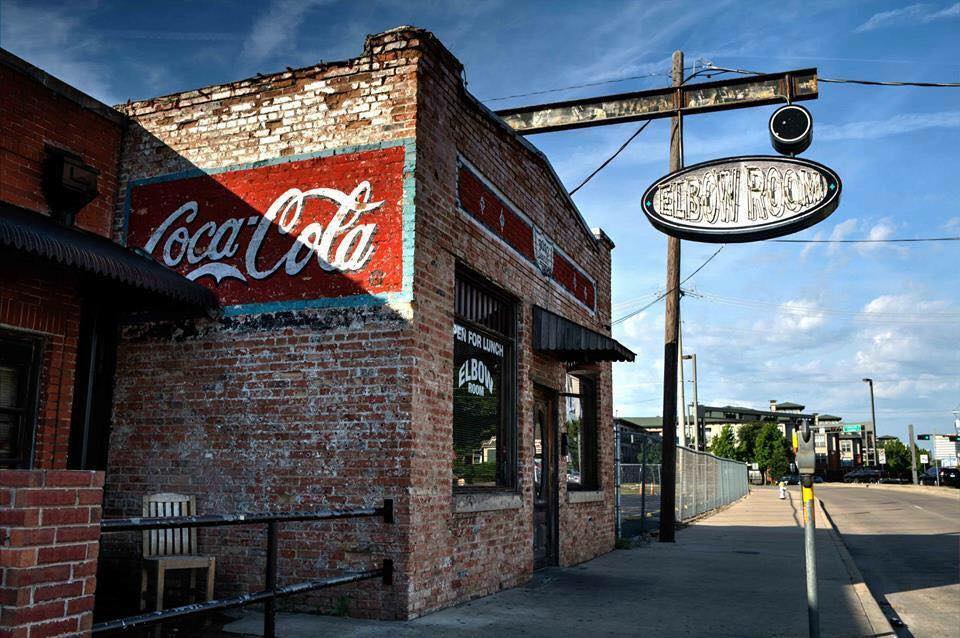
Elbow Room on Gaston.
The City of Dallas faced a new question this week: Can a building be saved by earning landmark status after the demolition permits have been issued?
“That’s a good question for which we don’t know the answer,” says David Preziosi, executive director of Preservation Dallas. “I don’t think the city knows the answer to that question.”
But they’ll have to figure it out. On Monday, Dallas’ Landmark Commission approved requests to launch the city’s “Landmark Status Process” on two East Dallas buildings (and one in Oak Cliff), the Elbow Room and the Dallas ISD headquarter on Ross, both of which have already been approved for demolition.
Hundreds came out to support any effort to preserve those historic buildings, and the Commission agreed it’s worth investigating to see if there’s something worth saving. Like the Lakewood Theater last year, the “Landmark Status Process” involves several months of reports to determine the most significant elements of a property, and why they should be protected. In addition to the Commission, the decision has to be approved by both Landmark Designation Committee and the City Council before a property earns landmark status. Once it is declared, demolish and building permits cannot be pulled on that building without a review by the Landmark Commission.
“That’s what usually happens,” Preziosi says, adding that he can’t remember any other cases such as this, where landmark status was sought after the demolition permits were approved.
“I think this is sort of new territory,” he says.
Whether it’ll do anything to save the buildings remains to be seen.

The Dallas ISD headquarter at 3700 Ross Ave. is one of the city’s few examples of Art Deco architecture.
Preziosi expects this topic will be the main focus of discussion at the May 17 Landmark Designation Committee meeting, of which he is a member. “The city needs to make some decisions about whether initiating landmark status offers any protections [for buildings after demolition permits are issued].”
But since the demo permits are in place, he’s not incredibly hopeful.
“They can still tear down the building if they want,” he says.
It may come down to whether developers want to play along, or not. After obtaining the Elbow Room building through eminent domain last year, Texas A&M argued that the city doesn’t have the right to protect the building.
“The state now owns the property so their argument is the city has no jurisdiction over it,” Preziosi explains. “They had a few lawyers and an assistant attorney general with them.”
Since construction is slated to begin in the next 30 days on the nine-story dental school expansion, the clock is ticking on when the Elbow Room building could come down. However, Preziosi says the developers were open to “looking at some options” for how to incorporate parts of the 1933 building into their project.
The Dallas ISD headquarter on Ross has a slightly better chance of being saved, since the district plans to use the building until January, giving the city more time to get its ducks in a row. However, the current buyer hoped to close on the property within 30 days (Dallas ISD pulled the demolition permit at the developer’s request, but has no plans to tear down the building itself).
“They were interested because the building didn’t have any restrictions,” Preziosi says, adding that the developer expressed a willingness to “explore options for reusing the building.”
“It’s like a math problem,” Preziosi says, explaining that if the developers are able to still get their expected revenue out of the project, they could be open to saving it.
The Landmark Designation Committee meeting is open to the public and takes place at 5:45 p.m. on May 17 at the Preservation Dallas office, 2922 Swiss Ave.





